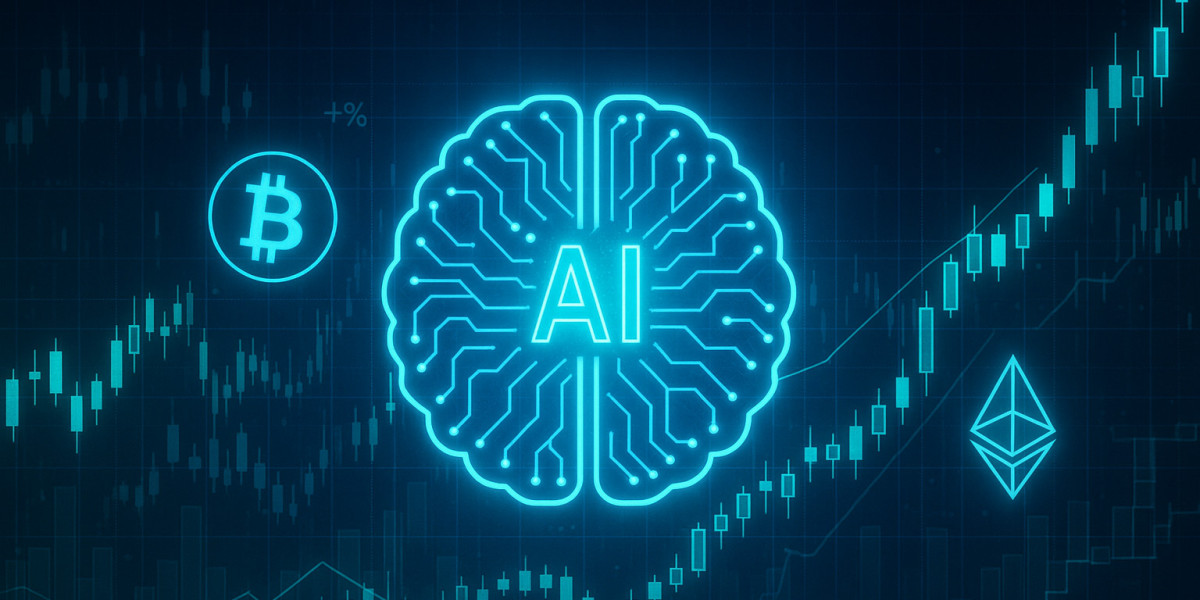In an era where artificial intelligence is reshaping industries, finance stands at the forefront of this transformation. Imagine a world where machines handle every financial decision, from managing your daily budget to executing massive global trades. This AI-first approach promises unparalleled efficiency and personalization, but it also brings significant risks that demand careful consideration. By examining real-world examples, we can uncover both the opportunities and challenges of this evolving landscape.
From Manual Spreadsheets to Autonomous Budgeting
Gone are the days of painstakingly poring over bank statements and spreadsheets to manage personal finances. Modern AI-powered apps have revolutionized this process by automating categorization, forecasting cash flows, and providing real-time nudges toward better saving habits. Take Mint, for instance, whose AI models dive into historical spending patterns to predict future expenses with remarkable accuracy—often hitting 95% precision—and send alerts when budgets are veering off track. Similarly, Cleo acts as a conversational chatbot, leveraging natural language processing to respond to queries like “How much can I spend on dining this month?” It even suggests strategies such as rounding up purchases to stash spare change into high-yield accounts.
The opportunities here are substantial, allowing users to reclaim 10–20% of their income that might otherwise slip away through hidden fees or impulsive spending. However, risks lurk in the shadows, including concerns over data privacy and algorithmic bias, where models might misclassify transactions or make unfair assumptions about income levels.
AI on Wall Street: Autonomous Trading at Milliseconds
Algorithmic trading isn't new, but machine learning has elevated it to a new level, enabling systems to adapt instantly to market fluctuations. JPMorgan's LOXM AI engine exemplifies this by learning from past order executions and current conditions to route trades in ways that minimize costs and slippage. Another striking case is BlueDot, which spotted early signs of the Silicon Valley Bank collapse by analyzing stress indicators in bond and liquidity data, alerting stakeholders days before human analysts caught on.
According to McKinsey, such AI-enabled trading could unlock $3.8 trillion in annual profits across global finance. The advantages include millisecond responses to breaking news, sentiment analysis from social media, and automated arbitrage that boosts profit margins. On the flip side, the lack of human oversight can exacerbate events like flash crashes, where AI-driven sell-offs cascade rapidly, as seen in the 2010 Flash Crash and the swift downfall of SVB.
Risk Management Reinvented: Proactive Fraud Detection and Compliance
Financial institutions are harnessing AI to overhaul risk management, moving beyond rigid rule-based systems to dynamic, real-time fraud detection. Mastercard's AI platforms scrutinize hundreds of transaction details to halt suspicious activities, slashing fraud losses by up to 30%. Plaid Beacon takes a collaborative approach, crowdsourcing data on synthetic identities to prevent fraudulent account openings across its network.
Beyond fraud, AI streamlines compliance through robotic process automation that handles regulatory reporting and natural language processing that updates policies automatically. This can reduce fraud losses by 25–40% and cut compliance costs in half. Yet, challenges arise when models trained on past data overlook emerging scams, and the opacity of AI decisions complicates audits and regulatory scrutiny.
Democratizing Credit: Alternative Scoring and Inclusion
Traditional credit scoring leaves nearly 49 million Americans "credit invisible," but AI is changing that by incorporating alternative data like rent payments, utility bills, and cash flow patterns. Petal Card uses machine learning to assess checking account trends, extending credit to young and underbanked individuals who might otherwise be excluded. Zest AI has demonstrated a 10% rise in approval rates without increasing default risks, thanks to its integration of hundreds of nontraditional variables.
This shift opens doors to financial inclusion, enabling access to home loans, small-business credit, and emergency funds for underserved groups. However, there's a risk of unintended discrimination if models rely on proxies that correlate with protected attributes, such as penalizing residents of low-income neighborhoods or minority communities.
Global Markets in the AI Era: Real-Time Decisions at Scale
AI's influence extends to the highest levels of global finance, where it orchestrates decisions from individual portfolios to sovereign wealth funds. Singapore's GIC employs AI to swiftly reallocate assets across equities, bonds, and private markets in response to geopolitical developments. Institutions like Citi and Morgan Stanley use AI analytics to manage trillions, achieving 5–8 basis points of additional alpha each year through optimized rebalancing.
The benefits include ultra-fast adjustments, round-the-clock market operations, and seamless data integration across assets, creating always-on decision-making engines. But homogenized AI strategies could heighten systemic risks, leading to synchronized sell-offs during turbulent times.
Ethical and Regulatory Imperatives
To navigate an AI-first financial world, strong ethical and regulatory frameworks are essential. Explainable AI techniques, such as LIME or SHAP, offer transparency into complex models, allowing users and regulators to understand the reasoning behind decisions like credit approvals or trade recommendations. Federated learning decentralizes training on user devices to enhance privacy and reduce breach risks, while blockchain provides immutable audit trails for traceability in lending, trading, and fraud prevention.
Regulators worldwide, from the US CFPB to those enforcing the EU AI Act, are developing guidelines to promote fairness, accountability, and data protection.
Conclusion
The rise of AI-first finance heralds a future of automation, personalization, and speed that spans personal budgets to international markets. While it offers transformative opportunities, it also heightens issues of bias, transparency, and stability. Success will depend on blending advanced AI with ethical practices and human oversight, ensuring this technology fosters inclusive and sustainable growth for all.



